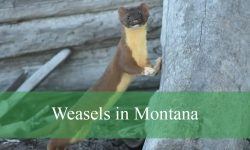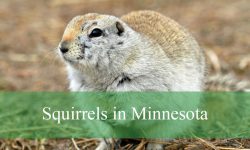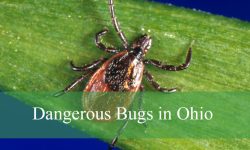Exploring the world of pests, it’s essential to distinguish between various insects, especially those that share a resemblance with termites.
In this article, we delve into the realm of ten bugs that look like termites, uncovering their distinct characteristics and behaviors. Understanding these look-alikes is crucial for effective pest identification and management.
How to identify termites

To identify termites, it’s crucial to recognize their physical characteristics and distinct types of damage. Typically measuring ¼-inch to ½-inch in length, termites have a wide thorax, and their body is uniformly wide. They can be brown, white, or black, with swarmers possessing two sets of equal-length wings.
Subterranean termites, living underground, construct mud tubes for travel. Drywood termites nest in dry wood without leaving noticeable trails, while dampwood termites favor decaying wood in damp areas.
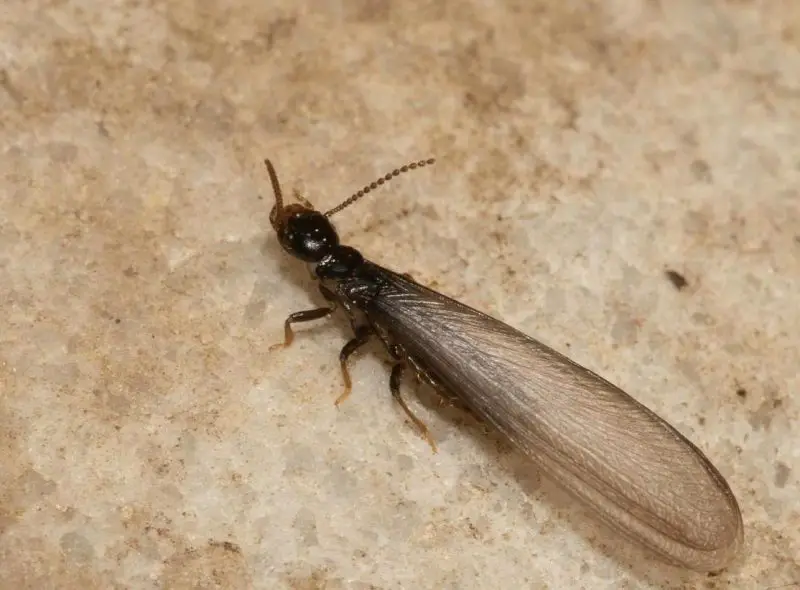
The main indicators of a termite infestation include abandoned wings, small kick-out holes filled with brown fecal pellets, mud tubes on foundations or wood structures (for subterranean termites), swarms of insects on warmer evenings, and a hollow sound made by banging on walls or wood structures.
Different Types of Bugs That Look Like Termites
Flying Ants
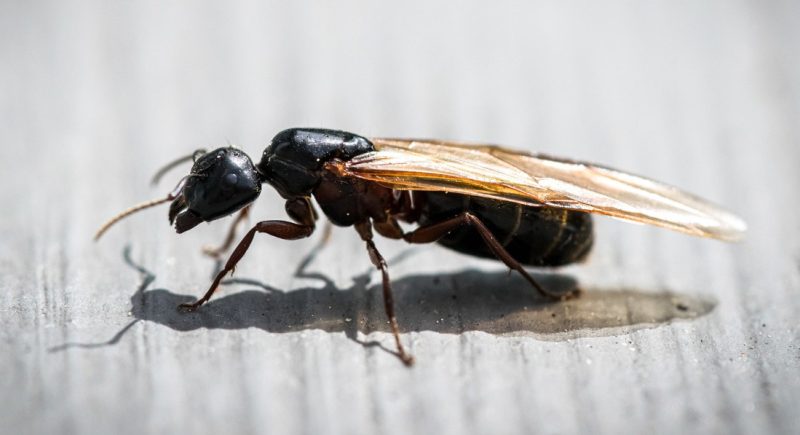
Flying ants, scientifically termed Ant Alates, appear during mating seasons and can be mistaken for termite swarmers due to their similar size and winged structure. Notably, flying ants possess elbowed antennae and a more constricted waist, distinguishing them from termites. Key differences include flying ants having bent feelers, a thin middle, and larger front wings, while termite swarmers exhibit straight feelers, a wider middle, and wings of equal size. These distinctions aid in identifying and differentiating between the two insect types.
Barklice
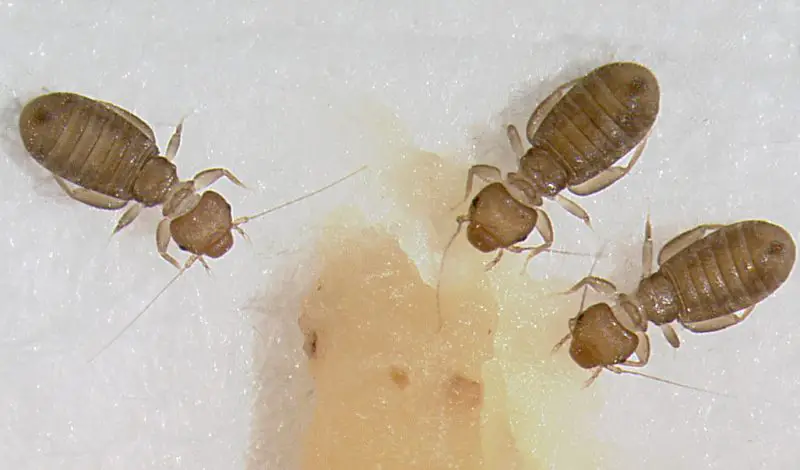
Barklice, scientifically labeled as Psocids, are diminutive insects commonly discovered on tree bark and walls. Featuring flattened bodies, they feed on algae and lichen rather than wood. Despite their appearance, barklice are not termites; their diet and habitat set them apart. Notably flat and predominantly found on trees, these insects consume green matter, whereas termites, with tubular bodies, are pale in color and construct mud homes. Clear distinctions emerge when examining their characteristics and behaviors.
Carpenter Ants
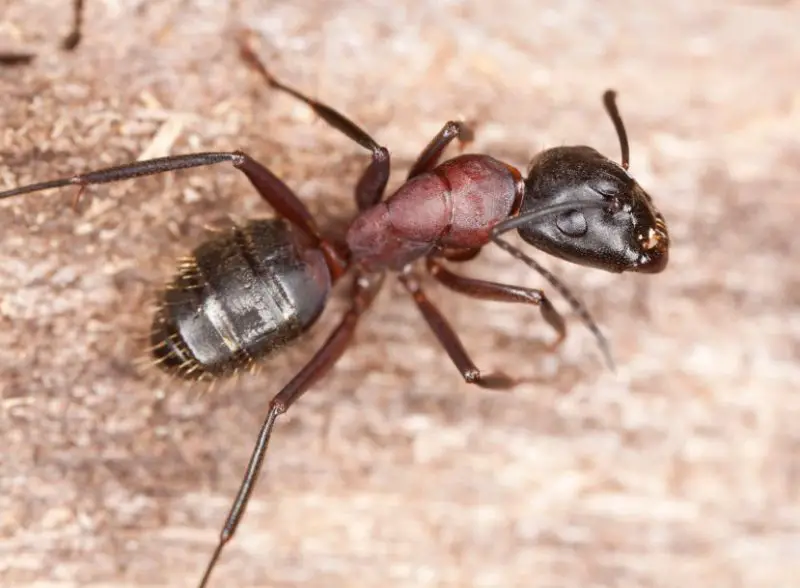
Carpenter ants, scientifically known as Camponotus spp., share a resemblance with termites in size and color, residing in wood and occasionally causing structural damage through tunneling. Unlike termites, carpenter ants do not consume wood for sustenance; instead, they feed on other insects and food debris. Key distinctions include carpenter ants having bent antennae, a thin waist, and a non-wood-consuming behavior, while termites exhibit straight antennae, a wide waist, and consume wood as part of their diet.
Powderpost Beetles
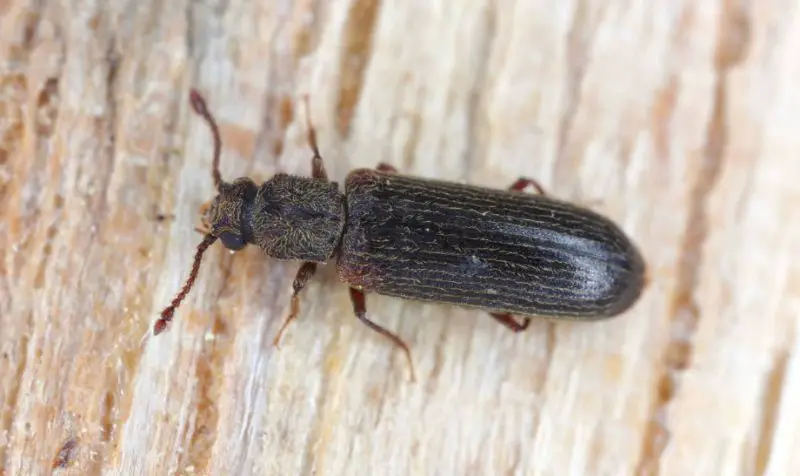
Powderpost beetles, scientifically identified as Lyctus brunneus, resemble termites as they bore into wood, forming tunnels and causing potential damage. Mistakenly identified due to their size, these beetles differentiate themselves by producing fine, powdery frass— a blend of wood particles and excrement—during their burrowing activities. Notably smaller than termites, powderpost beetles create distinctive frass, while termites, larger in size, form mud tubes, and their wood damage has a distinct appearance.
Booklice
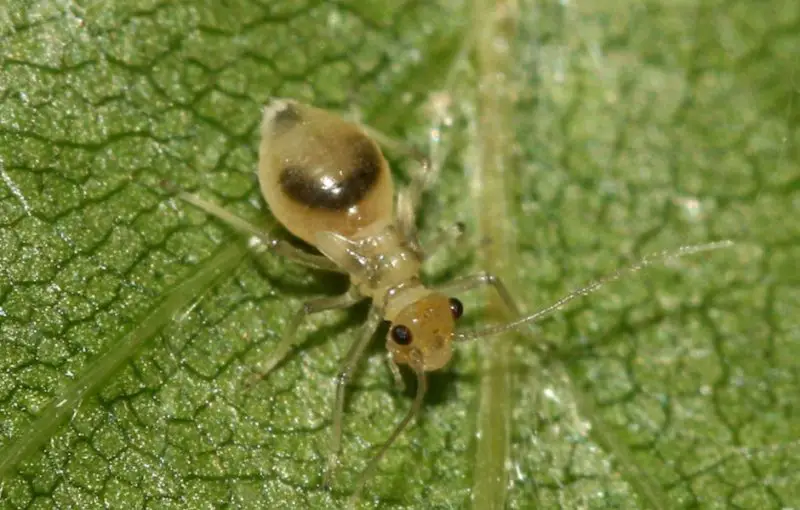
Booklice, scientifically known as Psocids, are not true lice, despite their name. Flourishing in humid environments, these minuscule insects sustain themselves by consuming mold, fungi, and organic matter. Their small size might lead to confusion with termites, but unlike termites, booklice lack the propensity for wood damage. Key distinctions include booklice being tiny insects, feeding on mold, and commonly found in humid areas, while termites, larger in size and often pale or cream-colored, create mud tubes and are associated with wood damage.
Cockroach Nymphs
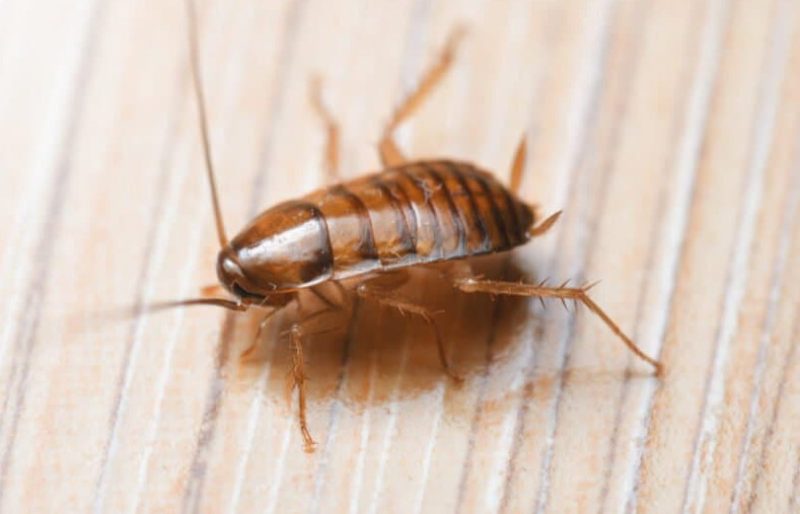
Cockroach nymphs, scientifically referred to as Blattodea nymphs, may be initially confused with termite-like bugs, particularly when small and pale. As they mature, these cockroach nymphs undergo changes, developing an elongated body shape and distinctive features that set them apart. Notably, cockroach nymphs possess a long body and elongated feelers, whereas termites exhibit shorter feelers and a lighter coloration, providing clear distinctions between the two as they reach adulthood.
Dampwood Termites
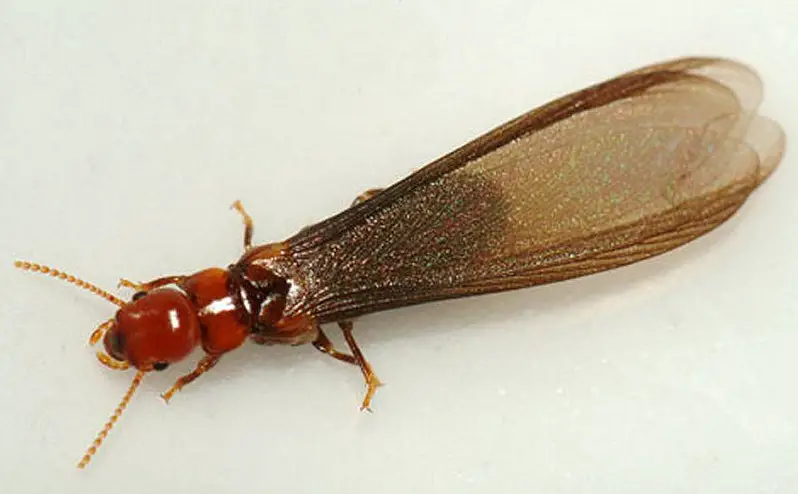
Dampwood termites, scientifically known as Zootermopsis spp., distinguish themselves from common termites by their larger size and darker coloration. Preferring wood with high moisture content, they construct tunnels and chambers within the wood, displaying an attraction to damp conditions. In contrast, common termites are smaller, pale in color, and create mud tubes. The notable distinctions lie in the size, color, and preference for moist wood, providing clear characteristics to identify dampwood termites in contrast to their more widespread counterparts.
Drywood Termites

Drywood termites, scientifically termed Cryptotermes spp., resemble termites but differ from dampwood termites. Lighter in color, they infest dry wood, creating chambers as they tunnel through it. Unlike dampwood termites, they thrive in wood with low moisture levels. Key distinctions include their light coloration and preference for dry wood, setting them apart from common termites, which can exhibit pale or dark coloration and are known for constructing mud tubes. Understanding these differences aids in the identification of drywood termites.
Carpenter Bees
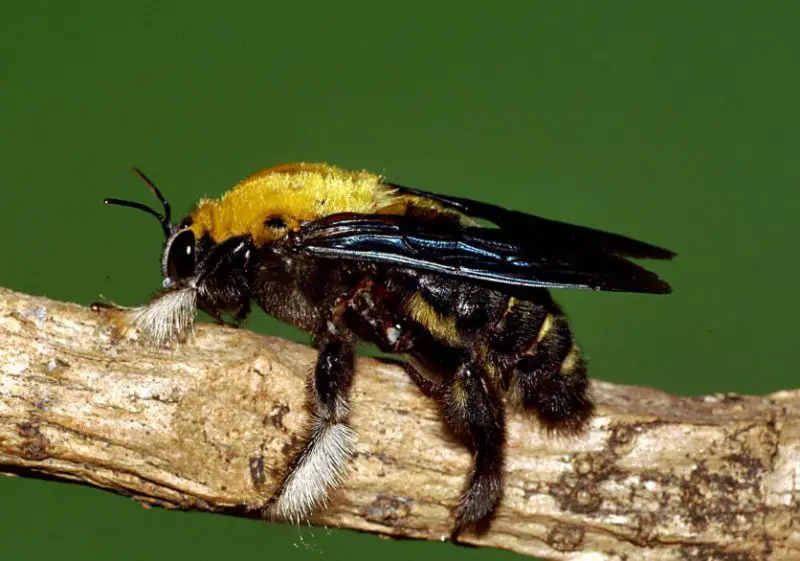
Carpenter bees, distinct from termites, are solitary insects with each female constructing her own private nest within a wood tunnel. Multiple carpenter bees may share the same wood piece but lead independent lives. Found across the southern U.S. and the eastern U.S. to New York, these bees produce sticky yellow waste outside their tunnel entrances and create funneling holes around half an inch in diameter. Notably, carpenter bees are black with yellow around the front of their back, boasting round bodies about 1 inch long, whereas termites are typically black, brown, white, or reddish, with long bodies usually less than an inch. Termites live in swarms, producing kick-out holes around 1mm and leaving fecal pellets at entrances, distinguishing them further from carpenter bees.
Longhorned Beetles
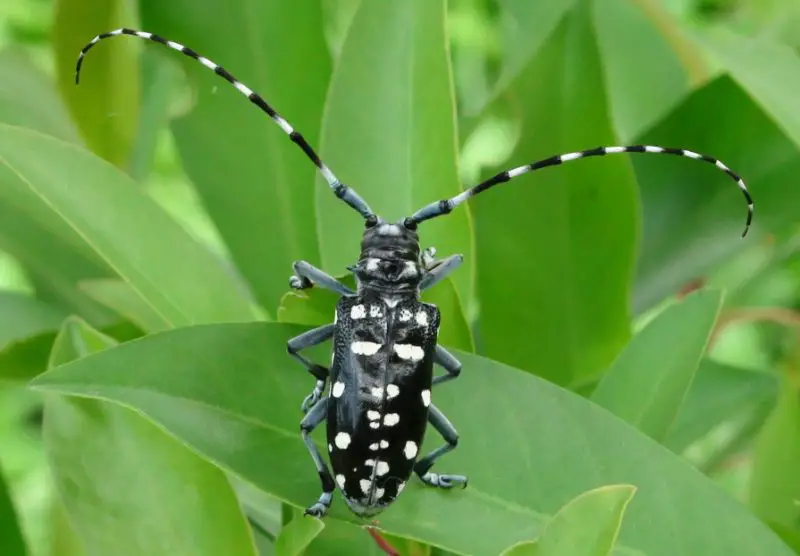
Longhorned Beetles often cause confusion with termites as their larvae inhabit wood. While they typically infest trees, these beetles can also infiltrate homes and wood furniture. Longhorn beetles deposit larvae within wood, creating small holes around ⅛ inch thick, resembling drywood termite kick-out holes. The early-stage larva exhibits a cream-like color with light brown tips, akin to termites. Distinguishing features include hexagonal, egg-shaped frass near the holes, resembling sand or coffee grounds, and larger hole sizes compared to termite activity. Identifying these differences aids in effective pest management.
People Who Read This Also Read:




